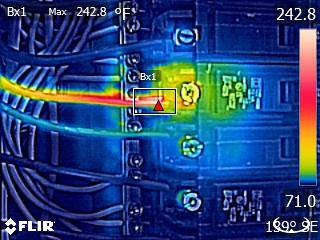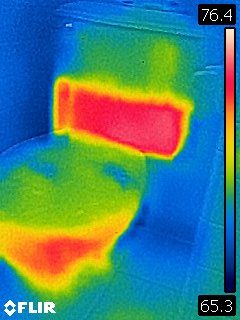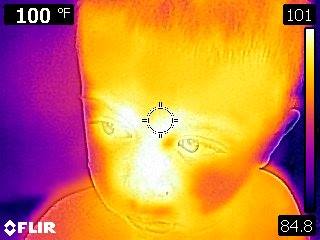Thermal Imaging In My Reports
Infrared (thermal imaging) is an advanced, non-invasive technology that allows the inspector to reveal issues in a home or building that are not visible through conventional inspection methods. By detecting subtle differences in surface temperatures, thermal imaging can uncover hidden problems such as moisture intrusion, missing insulation, electrical overheating, air leaks, and even pest infestations. These issues may not be detectable through visual observation alone, especially when they occur behind walls or under floors.
Ancillary inspection reports, including thermal imaging findings, are just as important as the reports generated for standard inspections. They provide deeper insight into the property’s condition and can help prevent costly surprises after a purchase. For something as specialized as a thermal imaging inspection, it’s critical that the information presented meets the client’s need for clear, reliable, and actionable insights.
The art of an IR inspection lies in accurately interpreting temperature anomalies. An experienced inspector translates data into practical recommendations, giving clients the confidence to move forward with necessary repairs or negotiations.
Thermal imaging is especially beneficial in identifying early-stage problems before they develop into larger, more expensive issues. It supports preventative maintenance, helps preserve property value, and provides an added layer of assurance for both buyers and homeowners. Including IR scans in your inspection ensures a more complete evaluation of the property.
Here are a couple recent finds using my new imaging camera:

Overheated wiring- Microwave being used on an undersized wire and breaker.

Hot water line used for toilet.

My wife asked me to check son’s temperature, so I did. She was not amused when I recommended further evaluation and repair by a specialist.


